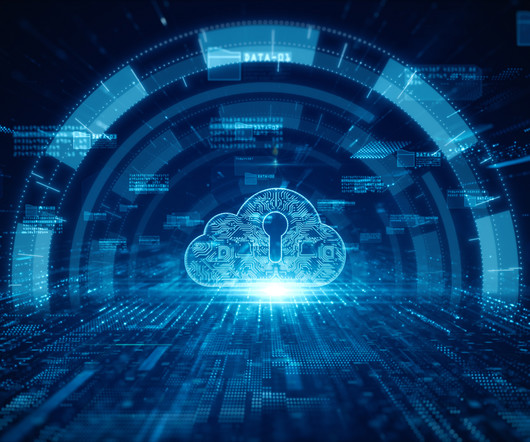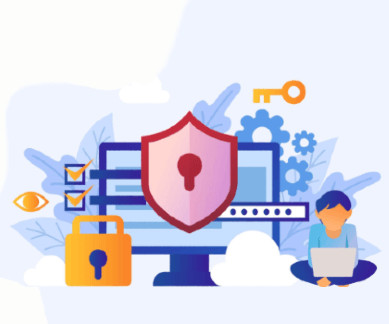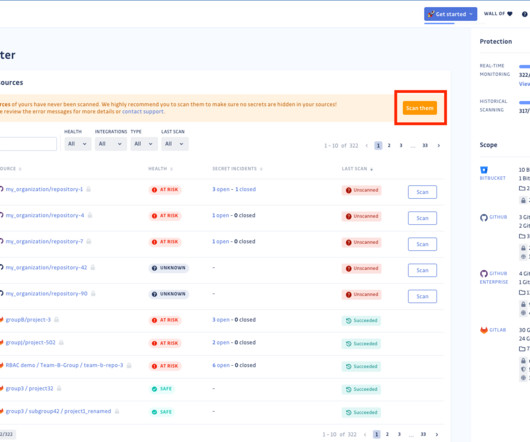Best Managed Security Service Providers (MSSPs)
eSecurity Planet
JANUARY 27, 2022
billion by 2026, driven not only by remote working and growing cyber threats but also by a massive cybersecurity skills shortage , the demands of government regulations , and the simple cost benefits of outsourcing. Intelligence: Global threat intelligence, advanced threat detection, and integrated incident response.













Let's personalize your content